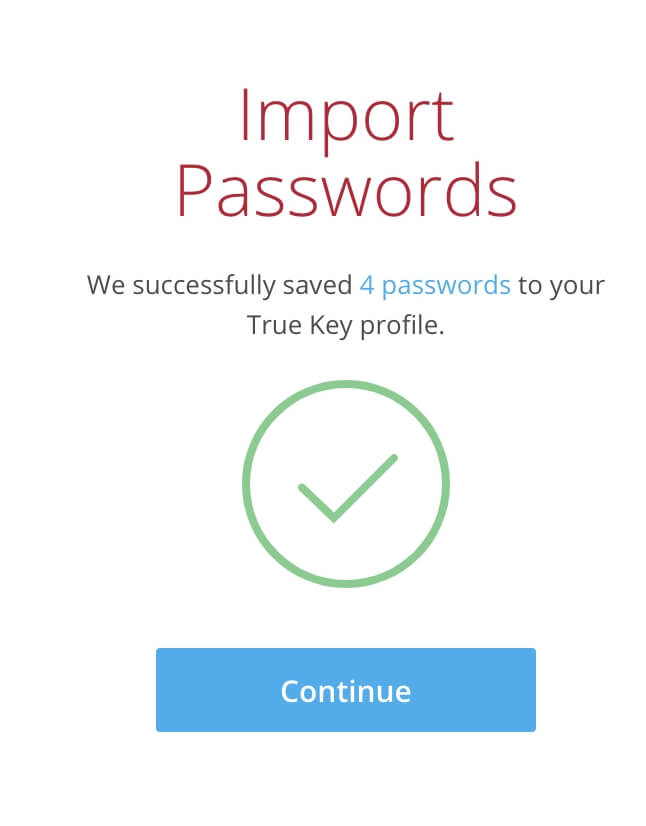

 Choose a folder in which to save the CSV file and save it. You may have to enter your computer password to continue. In the Saved Passwords section, click on the uppermost three dot icon and then click Export Passwords > Export. For Google Chrome you can either click on your profile photo and then the password button, or enter chrome://settings/passwords in the address bar. Here’s how to export passwords out of Chrome, Firefox, and Safari. You can save notes, files, Wi-Fi information, medical data, and other data types. Just to understand for my own attempt at repeating the import complexity.Saving your passwords in a browser is okay, but dedicated password managers have more advanced features. If it was F-Secure ID Protection, could you please specify how many passwords are stored in Google Chrome? Just count number, for example. Or specifically your file contains some kind of breaker.Ĭould you clarify - your experience is about F-Secure ID Protection (your topic is placed under the board about this solution) or about F-Secure KEY Password Manager? Thus, perhaps a "future" version of F-Secure ID Protection will fully support imports from Google Chrome. csv file (with the only one entry) was successfully added. Launch F-Secure ID Protection (beta), choose import page, choose "Google Chrome" from list and this.
Choose a folder in which to save the CSV file and save it. You may have to enter your computer password to continue. In the Saved Passwords section, click on the uppermost three dot icon and then click Export Passwords > Export. For Google Chrome you can either click on your profile photo and then the password button, or enter chrome://settings/passwords in the address bar. Here’s how to export passwords out of Chrome, Firefox, and Safari. You can save notes, files, Wi-Fi information, medical data, and other data types. Just to understand for my own attempt at repeating the import complexity.Saving your passwords in a browser is okay, but dedicated password managers have more advanced features. If it was F-Secure ID Protection, could you please specify how many passwords are stored in Google Chrome? Just count number, for example. Or specifically your file contains some kind of breaker.Ĭould you clarify - your experience is about F-Secure ID Protection (your topic is placed under the board about this solution) or about F-Secure KEY Password Manager? Thus, perhaps a "future" version of F-Secure ID Protection will fully support imports from Google Chrome. csv file (with the only one entry) was successfully added. Launch F-Secure ID Protection (beta), choose import page, choose "Google Chrome" from list and this. 
I saved one password in Microsoft Edge and then export it to. Then I tried next flow with Microsoft Edge (chromium) and F-Secure ID Protection (beta). "Google Chrome" is listed as supported (quote: ""F-Secure ID PROTECTION supports importing passwords from the following password managers:"") for Windows and Mac versions of the product. So, actually based on User Guide reference:

However, the official reply was about F-Secure KEY and no direct words that this is impossible with F-Secure ID Protection. I saw another thread that says you can't import them from google or chrome.








 0 kommentar(er)
0 kommentar(er)
